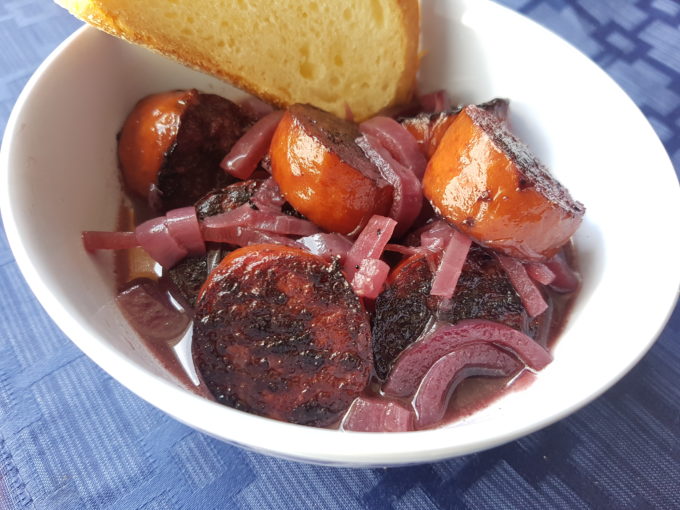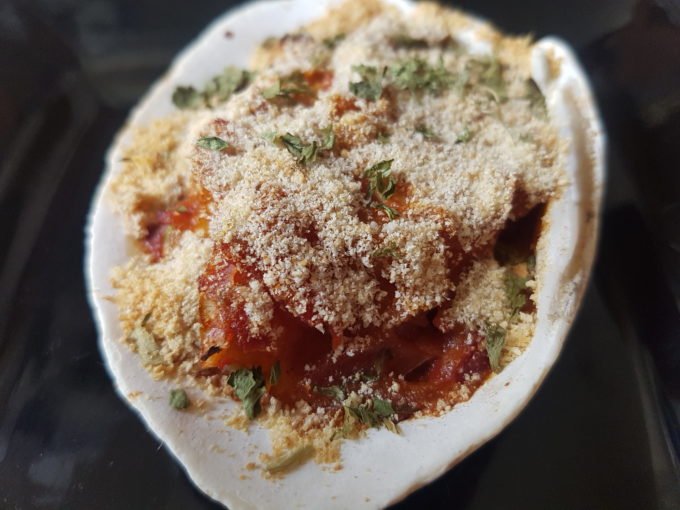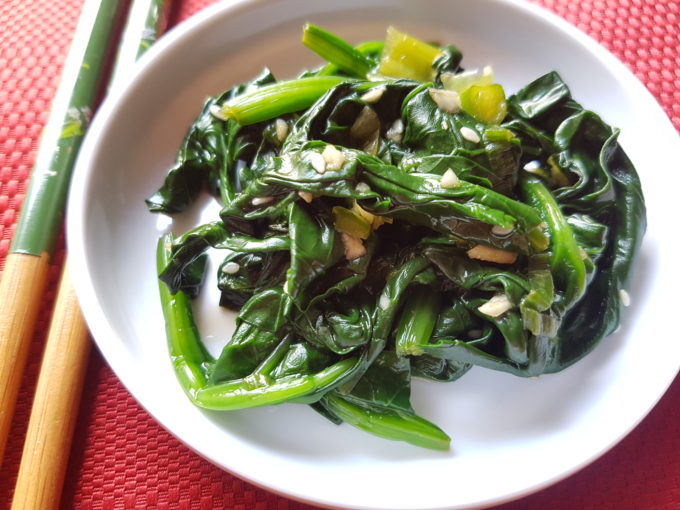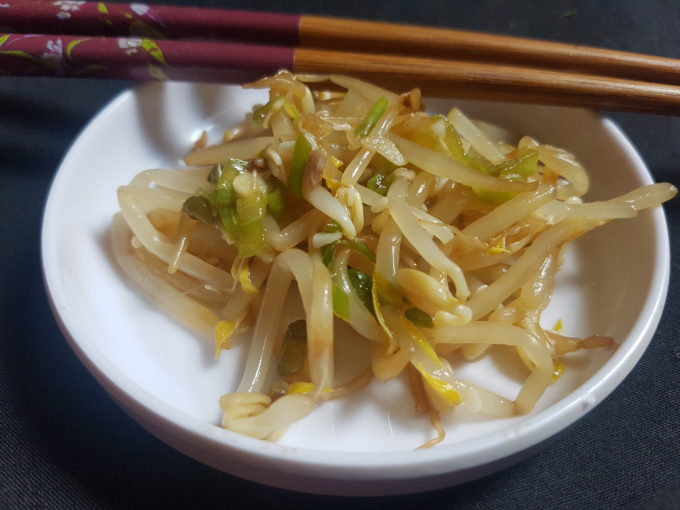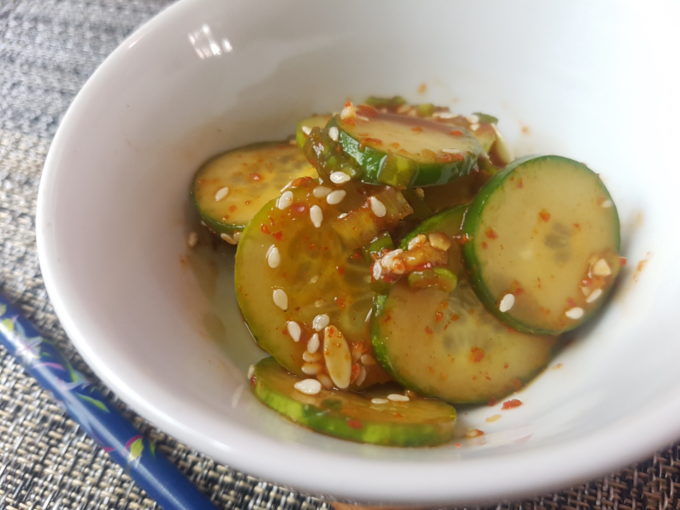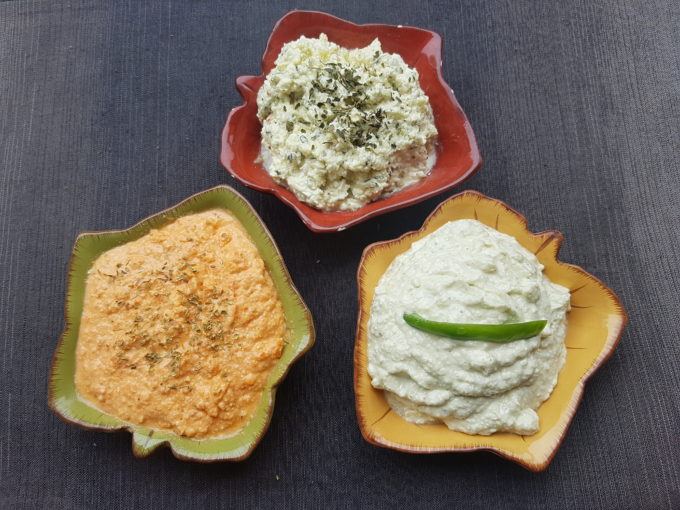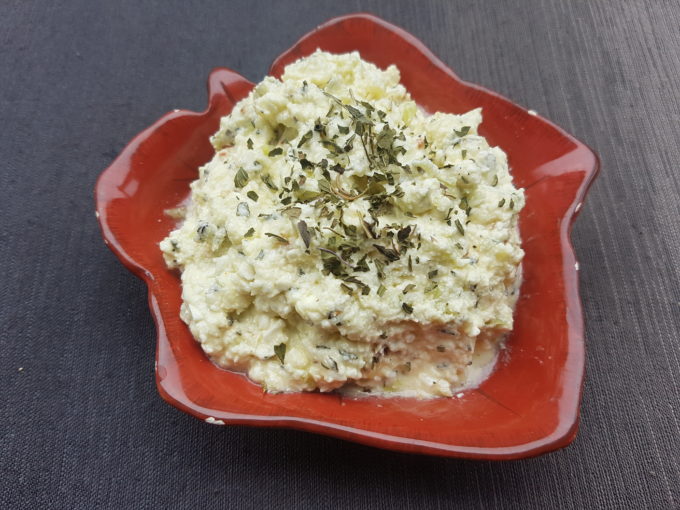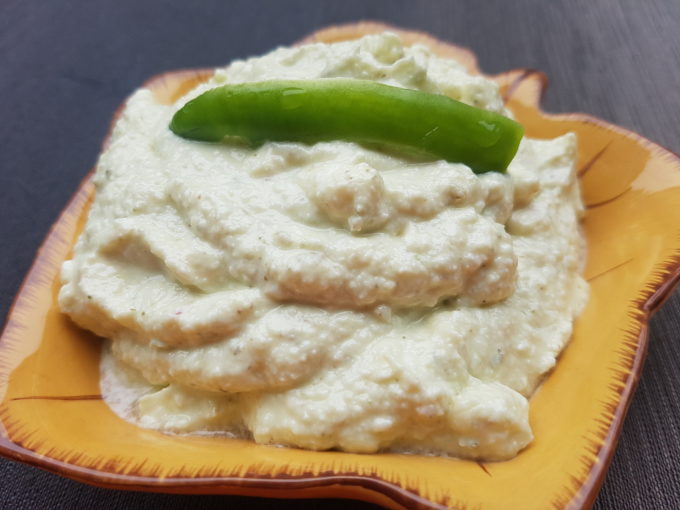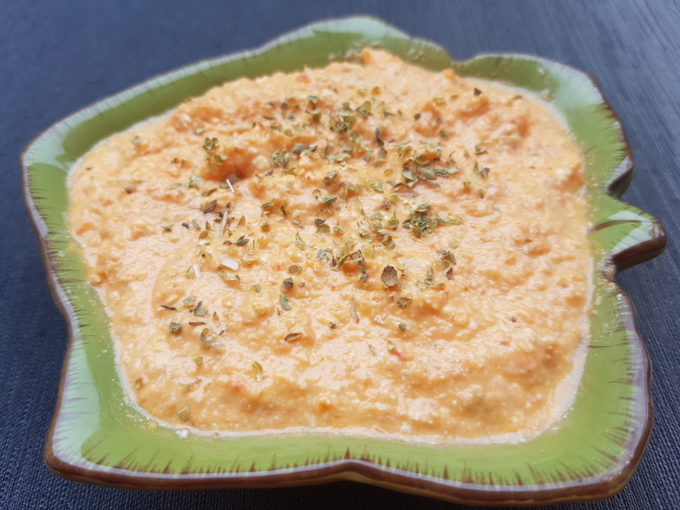The first of many Tapas I plan to explore, chorizo al vino is a decidedly easy recipe. …. once you have the right kind of Chorizo!!!!!! Spanish chorizo is an aged pork sausage. It is usually cured in the traditional casing of intestines. It can be sliced and eaten raw, cooked, or added to […]
Read moreThese tapas are beautiful and really quite easy to make. And they come out looking so fancy! If you don’t have the shells from your scallops, that is okay. You can always just bake them in a ramekin. You can also easily use any other large shells you may have around for decorative purposes, just […]
Read moreSigeumchi-namul 시금치나물, from sigeumchi for spinach and namul because it is a vegetable dish, is one of the most common banchan (Korean side dish), and also one of the easiest! Best of all it isn’t spicy, so everyone can enjoy it! It’s funny to me that even as a family that isn’t particularly fond of […]
Read more“What is the Korean name for this dish?” you ask. Well that depends on what kind of bean sprouts you use. First and foremost this dish is a namul (나물) , referring to a steamed, stir-fried, or marinated vegetable dish. However, sukju-namul is the name for bean sprouts in general. Now soy bean sprouts are […]
Read moreOi-muchim (오이무침): oi for cucumber and muchim for mixed or tossed, this quick Korean side dish is very common as a snack and of-course a banchan for any meal or special bapsang. (Sometimes it is also written as Oi Saengche (오이생채) from the Chinese influenced Korean writing for live vegetable since it is not ‘dead’/cooked.) […]
Read moreOjingeo means squid, and chae means shredded or julienne so Ojingeochae (오징어채) is dried squid strips, and then you add muchim (무침) meaning mixed to title the dish. As the second half of the name implies the sauce and the dried squid strips, (already processed with salt and sometimes sugar,) are simply mixed together and […]
Read moreHtipiti, Kopanisti, Tirokafteri I know those words are each a mouthful. χτυπητή: htee-pee-tee or ktee-pee-tee (also written as ktipiti or ctipiti) Κοπανιστή: cop-en-es-tee τυροκαυτερή: teer-oh-kaaf-tehr-ee. Not so bad, eh? Each being Greek, the last of these translates as ‘Spicy Cheese’ from tiri for cheese and kafteri for spicy, while kopanisti is used to describe something […]
Read moreWhile the Htipiti, made with roasted red peppers, is bold and sweet, this recipe for Kopanisti uses pepperoncinis, lemon juice, and mint, for a tangy and fresh flavor. Perfect with over crunchy bread and along side olives this dip is a wonderful addition to any Mezze platter.
Read moreAs compared the boldness of the roasted red peppers in my Htipiti recipe or the tang of the lemon and pepperoncinis in the Kopanisti, I was expecting my last and final rendition, this very basic Tirokafteri below, to feel very bland. BOY WAS I WRONG! Sometimes the most simple of combinations really come together for […]
Read moreI LOVE roasted red peppers so when I first came across a recipe for Htipiti I was very excited for yet another use for these bold and sweet peppers! I was also very confused by the name, so I did a little research. Correctly spelled as χτυπητή in Greek you can often find it written […]
Read more
